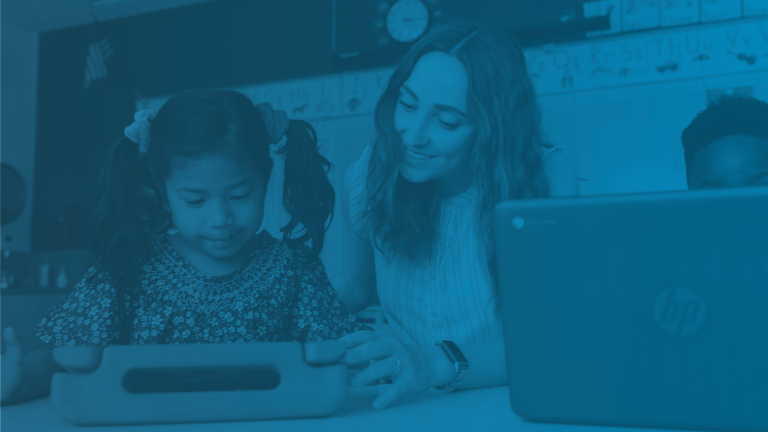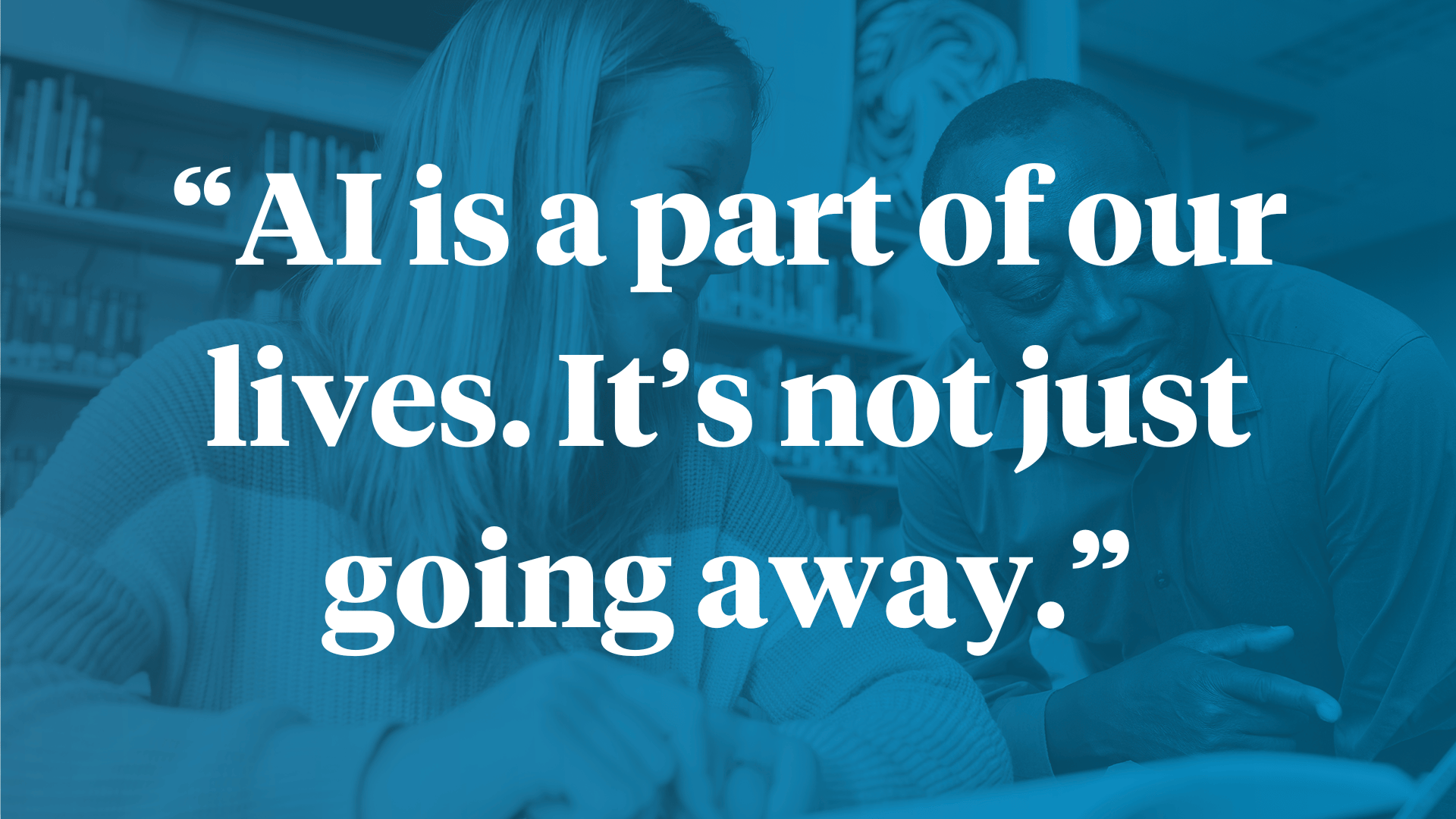
AI has understandably been the dominant trend in education for over a year due to its ability to change almost every aspect of teaching and learning. Educators, administrators, and students alike wonder, “Will AI impact the educational landscape for better or for worse?”
In a recent webinar hosted by Instructure, panellists, including a student, teacher, and administrator, they opined about their experiences with AI in education and their hopes for the future of technology. The conversation provided fruitful insights into the direct experiences students, teachers, and administrators face when implementing AI into the classroom, leading to five major takeaways.
AI democratises access to knowledge and abilities.
AI empowers individuals by unlocking new opportunities for creativity and expression. It enables learners to explore ideas and talents that may have previously been out of reach. The artistically un-inclined, for example, could use AI to bring their creative vision to life — something they were unable to do before.
This technology has the potential to reshape society by making it possible for more people to participate in meaningful ways they never imagined before. There are projects that have never been attempted or ideas not shared because people feel like they don’t have the requisite skills. AI can change that. Consider how different the world could be if AI is used as the first stepping point. The impact of AI extends far beyond just enhancing skills—it's about fostering a more inclusive and collaborative environment where everyone's ideas can flourish.
AI can serve as a good starting point for work, but it shouldn’t be the endpoint.
AI can help ideas take an initial shape, providing a foundation or inspiration upon which students can develop and expand. However, it remains crucial for students to take ownership of their work, refining and transforming it into something uniquely their own. For instance, Batesville Public School English teacher Paul Satchwill shared how art teachers are encouraging students to use AI-generated images or concepts as reference points, sparking new ideas or offering fresh perspectives. From there, students are challenged to reinterpret and build upon these references, ultimately creating original pieces of art that reflect their personal vision and creativity. This approach not only harnesses the power of AI to overcome creative blocks, but also fosters critical thinking, problem-solving, and originality—skills that are essential for lifelong learning and innovation.AI
AI can save time for administrators, students, and teachers, allowing more availability for direct engagement.
One of the biggest challenges teachers face is the overwhelming amount of administrative tasks, which often detract from their ability to focus on teaching and connecting with their students. By leveraging AI to handle tasks such as number crunching, data analysis, and routine communications, teachers can dedicate more time to understanding and addressing their students' needs.
For example, Jeff Faust, Chief Technology Officer at Chesapeake Public Schools, described how he uses AI to help draft routine letters to families. This simple application can save a significant amount of time and effort. By having AI help develop an initial template, Faust has more time to personalise direct interactions with families and students.
AI is still a fairly uncharted technological territory. There’s still a lot to learn.
“We’ve opened up this gate… and there’s not a lot of direction," Satchwill noted, highlighting the uncertainty and lack of clear guidance in this rapidly evolving field. Many panellists likened the current state of AI to the early days of social media when many users freely shared information on social media without considering potential data privacy and security risks. Today, social media users have far more awareness and often respond accordingly.
This time around with AI, we must be more mindful and intentional, ensuring that we do not repeat the same mistakes. To navigate this new terrain responsibly, the onus falls to both users and vendors. Vendors have the responsibility to be open and honest with districts by providing comprehensive information about data privacy practices. Instructure, for example, is implementing “nutrition fact sheets” to inform users how AI is used in each product. Schools and districts, in turn, need to pay heed to data privacy protections and communicate those clearly to their community.
We need to lift AI literacy.
Given the growing presence of AI in our daily lives, it is crucial to elevate AI literacy across communities. Many people view AI as a tool for cheating, but when used responsibly, it can be a powerful asset in the learning process. To shift this perception, we need to reframe AI as a facilitator of knowledge and creativity, rather than something to fear or dismiss. This isn't just a matter for students and teachers — it extends to everyone who interacts with students, including parents, caregivers, and community members.
Understanding AI is relevant not only for education but also for future career opportunities. Already, we’re seeing AI implementation across countless fields. By allowing students to experiment with and learn more about AI while providing adequate guardrails, we’re laying the groundwork for the future. By promoting AI literacy, we empower communities to use these tools effectively and ethically, preparing them to navigate an increasingly digital world with confidence and insight.



